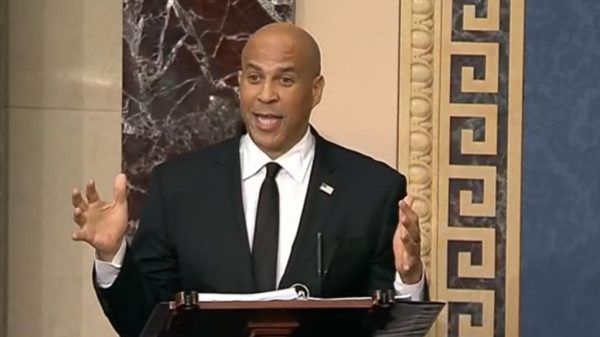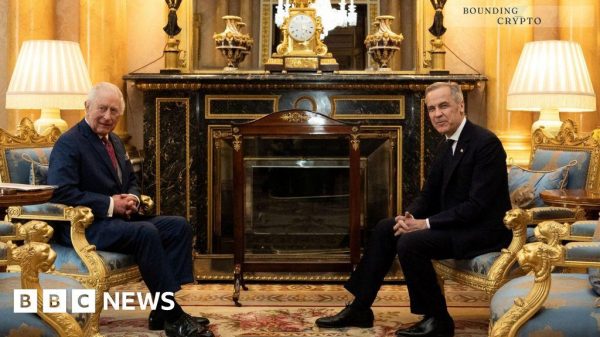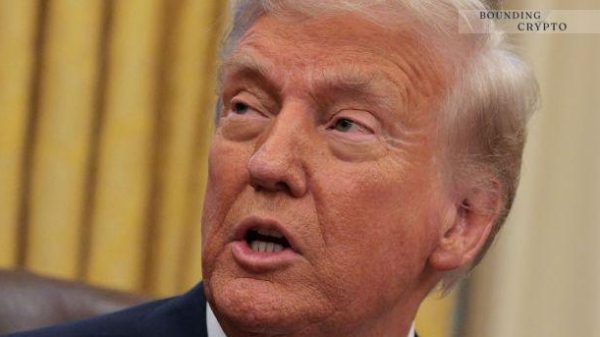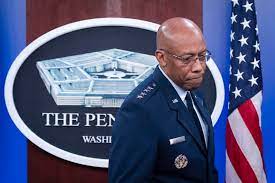
The video call between Brown and Gen. Liu Zhenli is the first senior military communications between the U.S. and China since August 2022, when Beijing suspended all such contacts after former House Speaker Nancy Pelosi’s visit to Taiwan. It comes on the heels of similar conversations between top U.S. and Chinese diplomats, all triggered by the meeting last month between U.S. President Joe Biden and China’s President Xi Jinping.
Biden’s meeting with Xi, on the sidelines of the Asia-Pacific Economic Cooperation summit in San Francisco, was aimed in part at restoring the military talks amid escalating concerns about frequent unsafe or unprofessional incidents between the two nations’ ships and aircraft in the Pacific region.
The U.S. has consistently viewed military communications with China as critical to avoiding any missteps between their armed forces and to maintaining a peaceful Indo-Pacific region.
Brown’s call is the first Cabinet-level communication with China since Secretary of State Antony Blinken spoke on Dec. 6 with Chinese Foreign Minister Wang Yi.
While few details about Brown’s call were released, a senior U.S. defense official and a senior military official said it was an important first step. These are the kinds of discussions that the U.S. needs to have with China, they said, in order to avoid misunderstandings or miscalculations as the two militaries interact. The two officials spoke to reporters on condition of anonymity to provide information before the call.
They said the U.S. is talking with China at various levels to work out a series of calls and meetings in the coming weeks and months. They include plans to hold the bilateral Defense Policy Coordination Talks early next year and the possible resumption of the China-U.S. Military Maritime Consultative Agreement talks in the spring.
In August 2022, Beijing suspended all military contacts with the U.S. when Pelosi became the highest-ranking American lawmaker to visit Taiwan since 1997, when then-Speaker Newt Gingrich traveled there. Her visit sparked a surge in military maneuvers by China. Beijing dispatched warships and aircraft across the median line in the Taiwan Strait, claiming the de facto boundary did not exist, fired missiles over Taiwan itself, and challenged established norms by firing missiles into Japan’s exclusive economic zone.
There also has been an increase in what the Pentagon calls risky Chinese aircraft and warship incidents. The Defense Department in October released video footage of some of the more than 180 intercepts of U.S. warplanes by Chinese aircraft that have occurred in the past two years — more than the total number over the previous decade. In one of the more recent incidents, a Chinese pilot flew within 10 feet (3 meters) of a U.S. Air Force B-52, which was conducting routine operations over the South China Sea in international airspace.








































